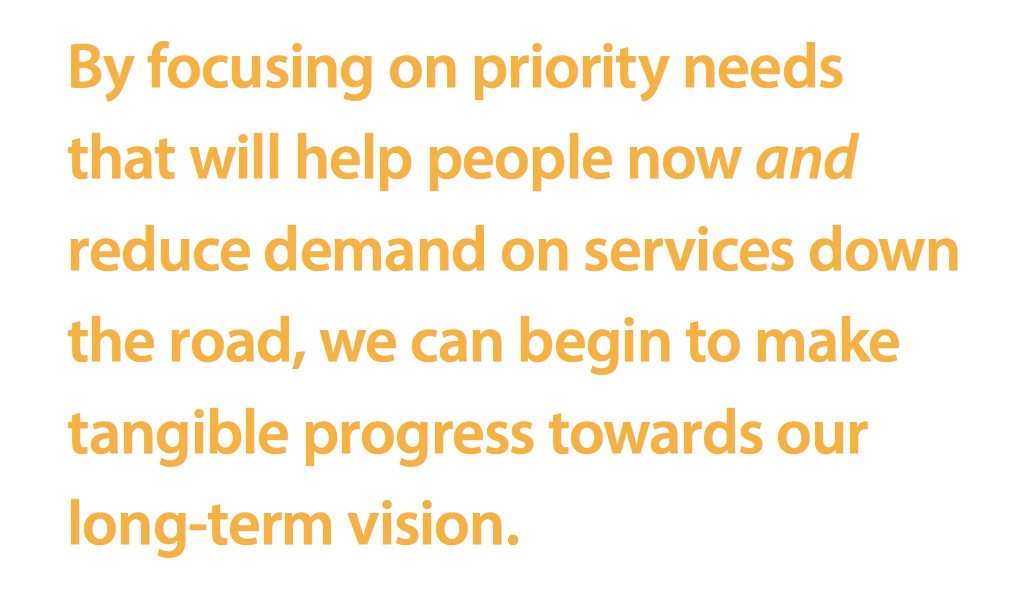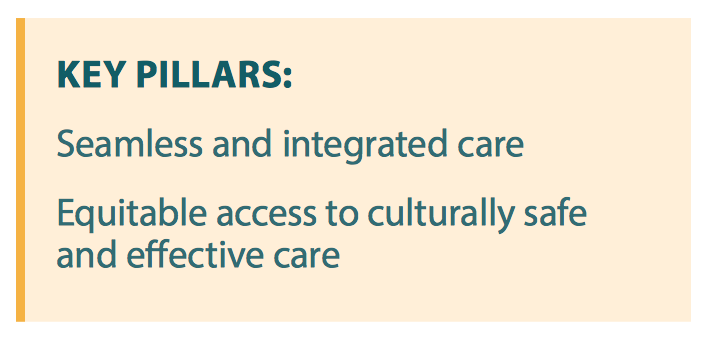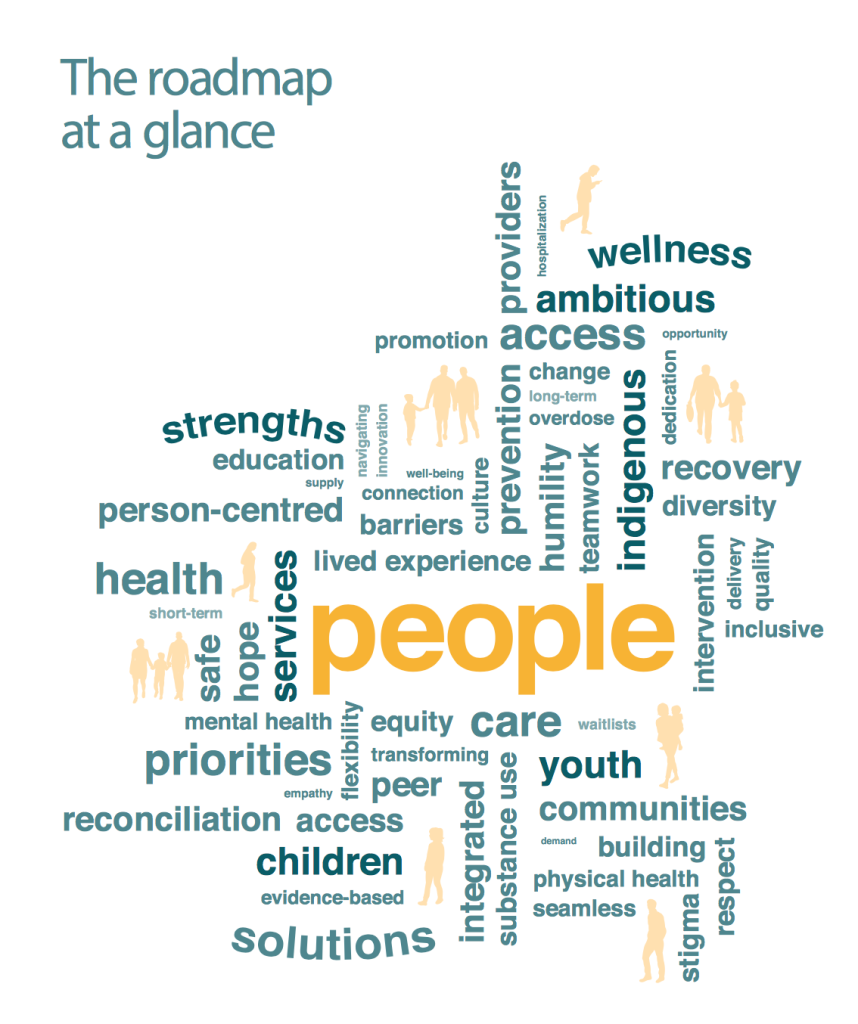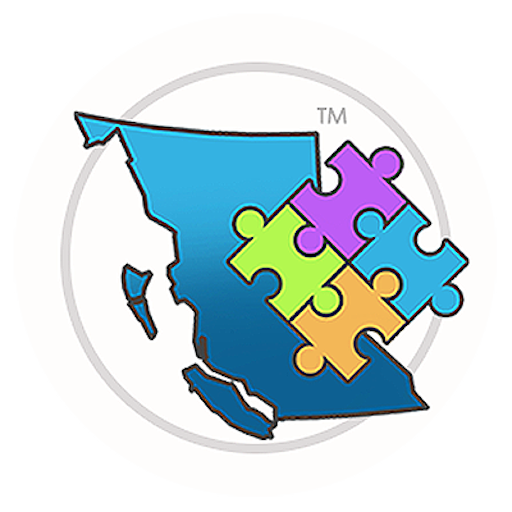

As British Columbia’s first Minister of Mental Health and Addictions, I am honoured and excited to present A Pathway to Hope: A roadmap for making mental health and addictions care better for people in British Columbia.
Judy Darcy, Minister of Mental Health and Addictions
[Excerpts] At the heart of A Pathway to Hope is a powerful determination to make positive, lasting changes, so that B.C.’s system of mental health and addictions care works for everyone— no matter who they are, where they live, or how much money they make. Our vision is one where every one of us can live in a state of physical, spiritual, mental and emotional well-being.
This roadmap also represents a call to action to all British Columbians to work together, to contribute, to be part of the solutions moving forward. Integration — of government services and of all our external partners — is a key theme in this roadmap. This is a province-wide issue that touches the lives of so many people, and a ects our relationships, our work, our communities and so much more. Only by coming together, can we deliver the changes needed to support people in addressing their challenges and help us move forward in a proactive, progressive and supportive province.
In her 2019 report, Taking the Pulse of the Population, B.C.’s provincial health officer, Dr. Bonnie Henry, reports that British Columbians rate their mental health as nearly the lowest in the country, despite being more physically active, eating more fruits and vegetables, and having generally healthier lifestyles. And the percentage of British Columbians reporting positive mental health is trending downward — an area where B.C. is falling behind at an international level.
Barriers to mental health and well-being
When it comes to delivering mental health and substance use programs on the ground, service demand exceeds service capacity. It’s as simple as that.
The results of the systematic barriers to care have huge implications for British Columbians. Too many people end up not getting the care they need until their condition is severe and requires more extensive and expensive treatment. Those treatments often tend to be fragmented, with people having difficulty navigating their way between primary, community and acute or emergency services.
Research suggests that stigma prevents 40% of people with anxiety or depression from seeking help — a trend that is magnified when put under a lens of cultural, gender, ethnicity, age, poverty, and sexual and gender identity factors. For example, women can face significant stigma when they experience depression before, during and after pregnancy, or the adoption of a child.
If care is sought, affordability of services becomes an additional factor, particularly for people accessing counselling or residential substance use facilities, or when additional service fees are required. These barriers are made even worse for people living in rural and remote areas.

The Barrier of Stigma
Stigma and affordability stand out as substantial systemic barriers to care. Fear and misunderstanding often lead to prejudice against people with mental illness, substance use and addiction challenges — and this discrimination comes far too often from health and social service providers themselves.
People with mental illness or addiction report that judgment by others is a significant barrier to recovery. Stigma can prevent people from asking for help for fear of what others might think or say.
According to the Canadian Mental Health Association, two out of three individuals with a mental health problem will not pursue treatment. These individuals will suffer longer, which could make the mental health issue worse. Recovery usually takes longer when mental health problems go undiagnosed for an extended period of time.
This is why reducing stigma has been a key part of government’s initial work on reducing opioid addictions and plays a key role in moving forward with this roadmap.
This roadmap also calls for a shift in funding priorities. Currently, across an array of ministries, the provincial government spends approximately $2.5 billion annually on mental health and substance use services with 95% of that spent on specialized, hospital-based or downstream services. This means only a small percentage is spent on early intervention, prevention and long-term recovery initiatives.
It’s clear that the time has come to devote more available dollars to upstream services that deliver services focused on health promotion, early intervention and keeping people supported and healthy when they achieve recovery.
Consistent with this government’s commitment to renewed team-based primary care overall, this approach to seamless and integrated care will increase system capacity through shared treatment planning and co-ordinated care options. It means tightening the links between physical and mental health care services; it means integrating schools and other community-based organizations; it means enhanced continuity of care and collaborative practice; and it means improved information sharing so that people won’t have to tell their stories over and over.
Key Outcomes:
– A full range of evidence-based services, treatments and supports are available when and where they are needed.
– People with lived experience inform and are leaders in mental health and addictions policy, planning and delivery of services and supports.
The Ministry of Social Development and Poverty Reduction’s TogetherBC poverty reduction strategy is critical to turning the tide on mental health and addictions in British Columbia. With a goal of cutting child poverty in half by 2024, we can reduce child vulnerability and help prevent people from becoming susceptible to mental health and addiction challenges throughout their lives.

Improved Access, Better Quality
People in every part of the province, in large communities and small, need to have access to
the full spectrum of evidence-based mental health and substance use care. Team-based care puts the patient at the centre of care, with all the team members working around them to ensure they receive appropriate care for their specific needs. This form of care makes the best use of each care provider, so we can serve more people more e ectively and in a way that better meets their needs. These teams offer collaborative care from physicians, nurse practitioners, nurses, pharmacists, occupational therapists, social workers, mental health clinicians and other health professionals.
The expansion of team-based care will improve access and quality for adults seeking mental health and substance use care. Co-ordinating care will create a network of services so that people can access the type and level of care they need, whether it be from a mental health or substance use worker, family physician or nurse, or through specialized services for more medically complex patients. Ultimately, this system will connect people proactively to culturally safe and effective care in a timely way.

Part of the challenge ahead is making sure that whatever supports are created, people and their care providers know what they are and where to find them. For most, that means searching the internet for information. That’s why an important part of improving mental health and substance use care is creating a more seamless online experience for people seeking these services from government, and boosting opportunities to access care directly online.
– Expand access to affordable community counselling
– Team-based primary care (with mental health and substance use professionals) and specialized services
– Enhanced provincial crisis lines network
– Implement peer support co-ordinators
– Develop peer support worker training resources
– Expand Bounce Back [an online program available for free throughout B.C., teaches effective skills to help individuals (ages 15+) overcome symptoms of mild to moderate depression or anxiety, and improve their mental health.]
– Create a web-based portal (focused on children and youth)
KEY PILLARS:
– Prevention, early intervention and wellness promotion
– Seamless and integrated care
– Promoting wellness, prevention and intervening early in life can reduce problems as people grow and develop. It’s estimated that 70% of mental health and substance use problems have their onset during childhood or adolescence. These illnesses cause significant long-term disability and are arguably the leading health problem children and youth in B.C. face. Expanding treatment services is important, but treatment alone cannot meet the mental health and substance use needs of children and youth. We must also focus on prevention, screening and early intervention to reduce the number of children and youth affected.
– Reduced costs for care: The Mental Health Commission of Canada estimated that if Canada reduced the number of people experiencing a new mental illness in a given year by 10%, at least $4 billion could be saved after 10 years.
– Evidence-based and culturally safe programs and supports that focus on prevention and promotion activities will be delivered in K-12 schools province wide.
– School-based staff and integrated team members will proactively identify children early who are experiencing social or emotional challenges and/or early signs of mental health and substance use challenges. These students will continue to receive initial supports in schools through school counsellors, curriculum, and mental wellness promotion and prevention programs. Students with higher mental health and substance use needs will be connected to integrated delivery teams.
Work is underway to develop a virtual mental health counselling and referral service for post-secondary students of all ages throughout British Columbia: • This service will include telephone and online chat capabilities. • The launch of this service is planned within the coming year.
Integrated service delivery is a new and innovative model that has been successfully implemented in other jurisdictions and has been adapted for the unique context of British Columbia.
In five school districts over two years, multi-disciplinary teams will be established with existing providers and new positions, each being connected to a cluster of schools and delivering services to children, youth and young adults whose needs are higher than can be met within a school or through primary care.

Within government, a multi-ministry approach is underway. For example:
– The Ministry of Mental Health and Addictions will be building on the new direction within the Ministry of Health to focus on improving primary care services and integrating an array of services around the individual.
– The Ministry of Social Development and Poverty Reduction’s TogetherBC poverty reduction strategy is critical to turning the tide on mental health and addictions in British Columbia. With a goal of cutting child poverty in half by 2024, we can reduce child vulnerability and help prevent people from becoming susceptible to mental health and addiction challenges throughout their lives.
– Over a year ago, government launched the most ambitious housing plan in B.C.’s history. Since then, in partnership with an array of community organizations, 20,000 new homes have either been completed or are underway — including housing dedicated for those who are homeless, for women and children eeing violence, for Indigenous peoples (both on-and o -reserve), and other types of supportive housing.
– Similarly, government’s new Childcare BC will help reduce nancial stress for families and give more kids access to quality care, making life more a ordable, balanced and healthy for children and their families.
Substance use: Better care, saving lives
The overdose emergency has revealed the deep connections between mental health, medical care needs (e.g. pain care, chronic disease management, like HIV and viral hepatitis), and substance use care. While continuing to escalate the response to the overdose emergency, the Province must also broaden its focus to include other harmful substance use. In its review of opioid deaths in its health authority, Vancouver Coastal Health, for example, found that most deaths (60%) had not met the criteria for an opioid-use disorder and the vast majority used multiple substances, many of whom were dependent on substances other than opioids.
Complicating the situation, many individuals struggling with addiction are accessing ineffective, rather than evidence-based services. For instance, in their review of overdose deaths, the B.C. Coroner found that more than half of those who died in the crisis had accessed some form of mental health or primary care service, but had not been able to access effective addiction care.
Services need to be ready when people are. Rapid access to the right treatment is critical to giving people the help they need to heal. The current patchwork of waitlists and referrals is leaving most adults without any help for mental health and substance use problems until they become much worse or reach a crisis.
People need access to appropriate addictions care on a continuum from team based primary care, withdrawal management and counselling to hospital outpatient services and treatment beds.
We need to better support people earlier, and we need to bring services together so families aren’t struggling to get their loved ones the care they need.
The Ministry of Mental Health and Addictions and the Ministry of Health are working together to ensure the Primary Care Strategy addresses mental health and substance use needs. This will be accomplished by:
– Expanding hours of primary care to enhance access.
– Adding mental health and substance use workers to primary care teams.
– Co-ordinating referrals for patients to and from other services (emergency and hospital system, specialists, community services), and providing individuals and families with support to navigate the system.
– Addressing and supporting families’ needs and involving them in the care team as appropriate.
– Ensuring services meet the diverse and unique needs of individuals including for: race, ethnicity, gender, sexual orientation, socio-economic status, age, physical abilities, religious or political beliefs and people living in rural and remote communities.
Provincial Health Services Authority will lead the development of an enhanced, e cient provincial crisis line network, which will reduce duplication and provide emotional support, information, referral, crisis and suicide prevention/ intervention services.
Implement peer support co-ordinators
Full-time co-ordinator/navigator positions will be established in each regional health authority to work with people with lived experience. Coordinator/ navigators will conduct a gaps/needs analysis at the regional level and work with lived experience and lived experience support organizations to ensure that services are delivered in a culturally appropriate and e ective manner where and when people need them, including during life and care transition points.
Develop peer support worker training resources
Create a web-based portal (focused on children and youth)
Shifting from: Uniform programs and services
To: Programs and services that meet the unique needs of targeted population groups and local communities.
From: Government policy and initiatives centred around ministry mandates
To: Policy initiatives developed in partnership with other stakeholders, designed to support the holistic needs of British Columbians.
From: Inconsistent, output-based performance measurement and reporting
To: Consistent and transparent performance measurement and reporting based on long-term benefits for British Columbians.
Thank you for taking the time to read this document. At its core, it is a call for all hands on deck. Mental health and substance use issues are a problem across every part of this province; all of us can and must be part of the solutions. It’s a challenge that our government is ready to lead on. We look forward to working with all of you in the months and years ahead.
All the best,
Judy Darcy, Minister of Mental Health and Addictions
To access, click on: A Pathway to Hope: A roadmap for making mental health and addictions care better for people in British Columbia






